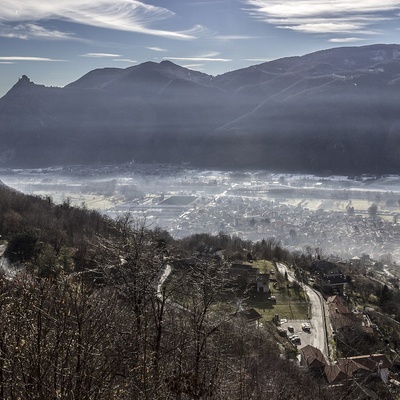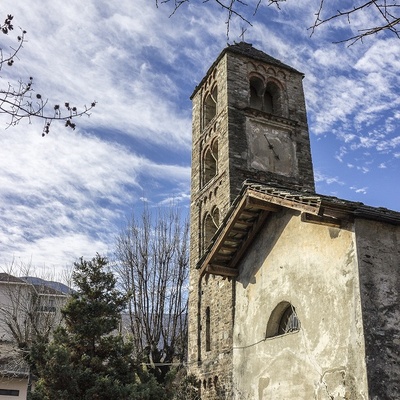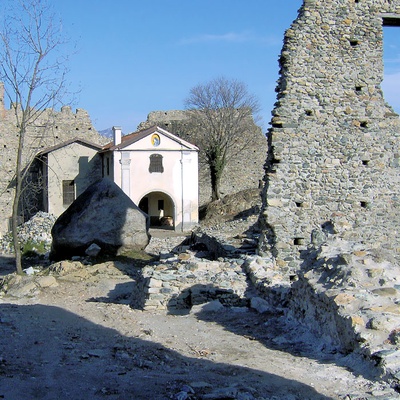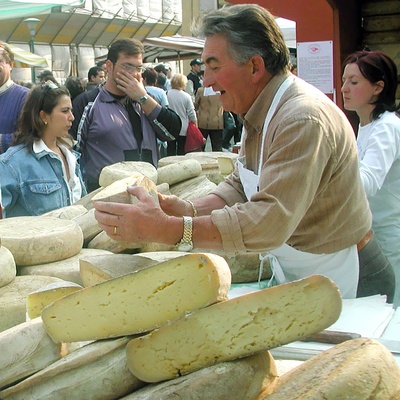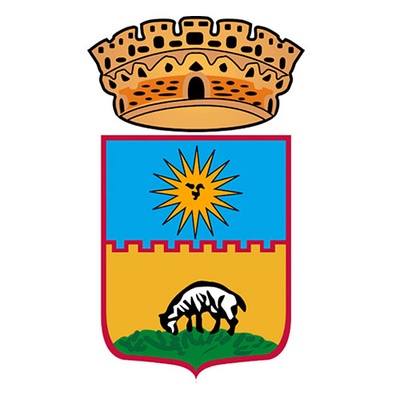
Piazza Martiri della Libertà, 7, 10055 Condove
The municipality of Condove extends along the northern side of the valley: a vast territory between the Gravio and Sessi torrent which extends along the ridge with the Viù Valley up to including the pastures above Borgone. A mountain area dotted with over 70 villages, some of which were independent municipalities at least until the beginning of the 20th century. Among these Mocchie, now one of the most populous hamlets of Condove with the parish church of San Saturnino (1778-1784) built to a design by Giacinto Morari (student of Bernardo Vittone), and a rich Ethnographic Museum which overlooks the square in front of the church with the statue dedicated to mountain women. Characteristic is the inclined bell tower of the ancient church of San Rocco located at the entrance to the town. The Chapel of San Grato alla Rocca has a small late sixteenth-century frescoed cycle, while the Chapel of San Bernardo al Lajetto preserves a lively frescoed cycle dating back to 1436.
The oldest settlement in Condove, mentioned since the year 1001 in Ottonianus' diploma, must have been located in the flat area around the ancient church of S. Rocco where the cemetery also stood. During the restoration work, in the excavation phase of the ancient apse, a piece of good goldsmith's work was found, in bronze and enamel, depicting the Crucifixion, now in the Diocesan Museum of Susa and furthermore the surveys brought to light a part of the fresco of the triumphal arch, considered by experts to be perhaps the oldest existing in the valley.
On the border with Caprie on a hill dominating the entrance to the valley between Mount Pirchiriano and the castle of the Conte Verde, the castrum capriarum was the center of one of the abbey castles of San Giusto di Susa and was also the seat of a court and prison . The remains of a castle could be evidence of a local ancient defensive system linked to the clash between Charlemagne, king of the Franks, and Desiderio, king of the Lombards, which took place between 771 and 774 at the Chiuse.
An agricultural and commercial centre, Condove experienced an industrial vocation at the beginning of the 20th century following the installation of Officine Moncenisio which already in 1905 as "Anonima Bauchiero" was producing rolling stock. Mechanical, textile and electrical factories also developed, and production changed over time and weapons as well as railway equipment were built. What remains of the original settlement are the office building with a plaster façade and two condominiums built by Bauchiero to house the workers and families.
The modern parish church of S.Pietro in Vincoli is the work of the architect Carlo Siffredi, while the decoration of the internal walls is by the painter Luciano Bartoli. The bell tower, a gift from the spouses Cosimo Bertacchi and Marina Perodo, was built in 1929 on the model of that of S. Giorgio in Venice, the work of Corrado Meano.
Among the most important events in the Gustovalsusa area are the Fiera della Toma (1st Sunday in October), the Lajetto carnival with the traditional Barbujre masks (end of February) and the Valsusa Filmfest (April).

